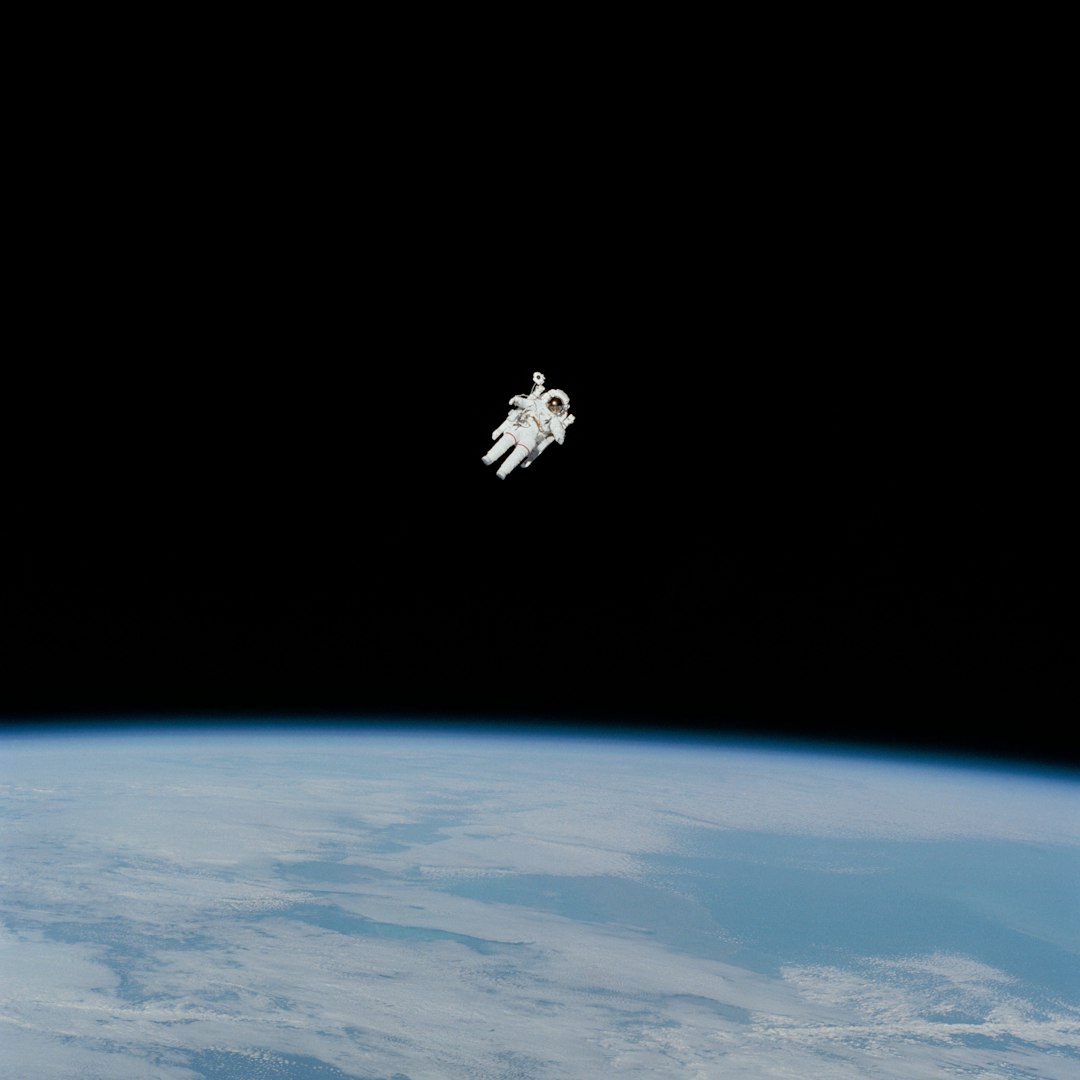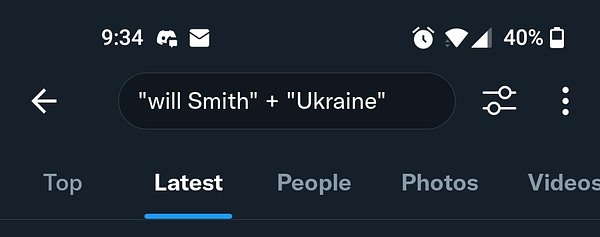~Infinite content~
Unfiltered feeds, microdosing, millennial aesthetics, the fall of the flag emoji and teen technopanics
Hi friends. Today is April 1, 2022.
And last week, Instagram brought back a version of its old chronological feed, to the immense relief and vindication of grudge-holding cranks/elder millennials around the world.
Until 2016, you might recall, Instagram surfaced every post from every user you followed in reverse-chronological order. But then, the app’s overlords — ostensibly concerned that users were missing more than two-thirds of available posts, but also doubtlessly interested in increasing session length for advertisers — introduced a series of ranking and filtering systems designed, they said, to “show the moments we believe you will care about the most.”
No one appreciated this revision. No one! Among other issues, the algorithmic feed risked hiding content that people wanted to see and creating the sort of distortive feedback loops that reward the most mainstream users and the most blandly popular posts. It also obliterated any indicators that users could stop scrolling — that they’d for-sure seen it all. And it made Instagram largely worthless for real-time events, unsticking posts from their time and context and releasing them into this shapeless expanse of ~infinite content.~
But whatever your complaints about the algorithmic feed, there was no way — until this week! — to actually test it against the unfiltered version. This is a fun and totally futile experiment that has done nothing but confirm my previous anti-algorithmic feed biases.
Here, for illustration, are the first 10 posts I saw this morning in the default algorithmic feed:
Uninspiring cat antics at a local urban farm
Smiling cousin of a distant ex-colleague who is very good at Instagram
Ad for Buffalo-themed tank tops posted on the #buffalony hashtag
Wrinkly newborn baby of a former MasterChef contestant
Favorite Peloton instructor and her fiance posing in fancy clothes
Ad for overpriced athleisure
Award won by local photographer
Glowing review of new vegan ice cream flavor
Weekly menu for zany local pizza shop
Excerpt from the book of a New York Times food writer
And here are the posts I saw in the chronological version:
Vaguely nautical living room I would copy if it weren’t a million dollars
Creepy, cobwebby piano posted by a urbex Instagrammer
Opening video for a new boutique
Retro floral wallpaper in a historic home
Trendy minimalist bedroom
April affirmations by Morgan Harper Nichols
Pleasingly organized plant-shop cacti
Attractive walk-in closet of a very rich person
Friend-of-a-friend working with Ukrainian refugees in Moldova
Small child and recently deceased cat of area influencer
TL;DR: There is no way the first, algorithmic list represents some profound improvement over the second! But if you don’t believe me and would like to try this for yourself, click on the Instagram logo in the top left corner of the app and toggle between the default and “following” options. There’s also more, rather vague info here on how Instagram surfaces and ranks content.
If you read anything this weekend
“The Last Cell Tower in Mariupol,” by Matt Burgess in Wired. As Russian shelling and cybertacks took down internet service across much of southeast Ukraine, engineers for the telecoms company Kyivstar fought to power the grid by diesel generator for just a few hours each day. When that tower went down, too, the city lost all contact with the outside world. (Highly recommend reading this with an earlier, extraordinary dispatch from the last journalists in Mariupol.)
“The Millenial Aesthetic Comes for Your Vacuum Cleaner,” by Kyle Chayka in The New Yorker. This time last year, we chatted a bit about the universe of so-called “Instagram brands” — these aspirational, pastel, direct-to-consumer products that claim to reinvent mundane objects like luggage and dog leashes. The Airsign vacuum (which, real talk, is very ugly?) might mark the absurd pinnacle of that trend. “It’s a meditation on dust and how to clean,” its designer said.
“What Was RT America?” by Kaitlyn Tiffany in The Atlantic. The U.S. branch of Russia Today, a state-backed outlet meant to whitewash Russia’s reputation in the West, is basically what happens if you put a bunch of conspiracy vloggers in a room and give them a multimillion dollar budget. It was messy; it was nonfactual; it was cartoonishly bizarre. And now, even on YouTube, it is gone!
“The New Sober-ish,” by Luke Winkie in Vox. Silicon Valley has exported its enthusiasm for micro-dosing and psychedelics to the world writ large, and — for once! — reality seems to live up to the hype. Sure, micro-dosing doesn’t seem to help with mood or depression. But LSD and molly might.
“Ben McKenzie Would Like a Word With the Crypto Bros,” by David Yaffe-Bellany in the New York Times. Sorry/not sorry: I will keep linking to Ben McKenzie profiles as long as people keep publishing them. It’s my newsletter and I’m therefore allowed to indulge these little crushes. 😍
👉 ICYMI: The most-clicked link from last week’s newsletter was this essay on the biggest vibe shift of all, a.k.a. collapse of life as we know it.
Postscripts
The latest TikTok teen technopanic was brought to you by your friends at… Facebook. (Also, because of course, some very gullible local news stations.) The case for CDs and physical books. The problem(s) with the flag emoji. A good Twitter bot. A bad Facebook bug. The literal children hacking big companies.
Russian influencers are scrambling to maintain their livelihoods. Russian developers are scrambling to make Instagram knock-offs. “Partying can be dangerous in the age of Instagram. Ask any oligarch.” How the U.K.’s worst cyberstalker evaded detection. Why you’re getting spam texts from yourself. Wasn’t LinkedIn unbearable enough without the fake AI faces and their tricky soft sells? Etsy on strike. Crypto on notice. This newsletter brought to you by cyberloafing. Last, but absolutely not least: Links fave @depthsofwikipedia made the New York Times this week.
That’s it for this week! Until the next one. Warmest virtual regards.
— Caitlin





